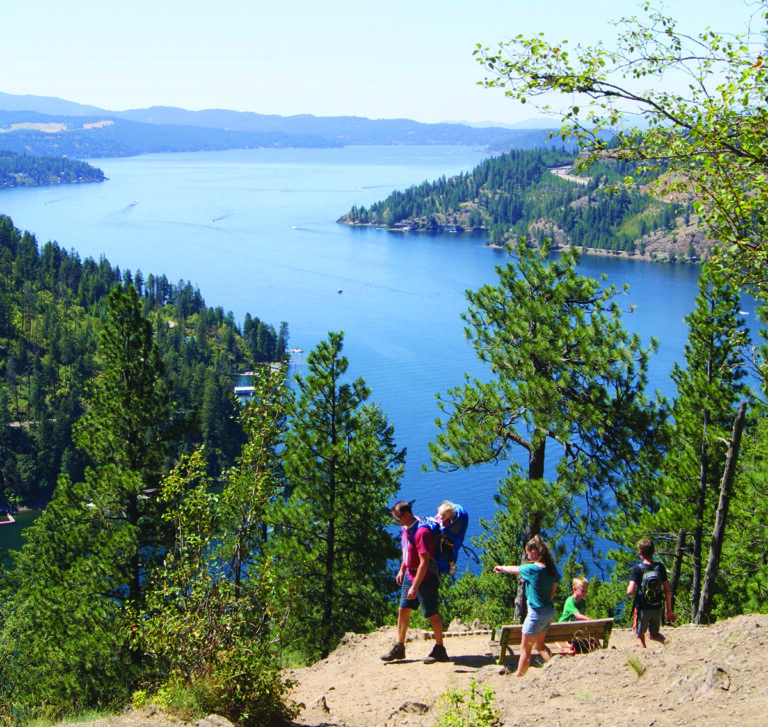Finding and picking fruit is instinctively rewarding, even intoxicating. Like foraging for mushrooms or hunting for Easter eggs, collecting berries triggers our ancient endorphin dropper, which keeps dripping as you pluck the never-enough morsels from the plant. About 20 wild, edible berries are found in the Inland Northwest. Some are delicious such as thimbleberries. Many are bland, bitter, or pithy. A few inhabit the middle ground: fun to eat but not delectable. Among these is the bunchberry, Cornus canadensis. If you are expecting a juicy huckleberry, disappointment will follow, but change your perspective to that of a forager/survivalist and they are pretty darn good. The softly sweet flavor is alluring yet hard to pinpoint; the yellow flesh is mealy but with little crunchy seeds that add satisfying texture. The fruit is adored by myriad animals. As blogger Paghat points out, this is probably the reason the berries have also been called squirrel berries, pigeon berries, crowberries, grouse berries, and bear berries.
Bunchberries grow in patches from spreading rhizomes around moist, shady spots in mixed conifer forests. They are part of the dogwood genus, related to the shrubs that line our rivers and flowering trees adorning our yards, yet are a diminutive herbaceous plant just hovering inches over the duff. The flowers and leaves are similar in size and shape to their big relatives, some of whose fruit is also edible. Instead of growing tall, they have developed a trebuchet-like stamen that can shoot pollen into the air to be carried away by wind or embedded in passing insects. A 10,000 frames-per-second camera is required to catch the elastic launch.
Bunchberries are easily identified once familiar. The plant has a whirl of six leaves below four white bracts (leaves disguised as petals) around a small bouquet of miniscule white and green flowers. The berries start appearing in early summer and continue untill fall, depending on location — an important mast for migrating birds and hikers when other species have already passed. In addition to being eaten, the seeds can be collected and used to propagate in your garden.
Enjoy the scarlet berries as a trailside snack or garnish or mixed in jams and pies due to high pectin content. Dried, add them to trail mix. A couple years ago, Santé featured bunchberries at a wine dinner in demi-glace and to bespeckle the plates. The leaves are consumed fresh or cooked, fitting into my category of “dinosaur food,” i.e., leafy, wild, and bit fibery. Many tribes gathered the berries for food and numerous medicinal purposes with an emphasis on treating colds and pediatric applications including colic and bedwetting. Today they are largely overlooked except by a small number of curious foragers and hikers.
Identifying Attributes: Found in colonies low to the ground. Six pointed oval leaves with distinct veins form in a whirl, two of which are often bigger and opposing. When flowering it’s similar to a dogwood tree blossom.
Cautionary Points: This is a fairly distinctive plant, yet be sure of identification before eating, as you always should be.
Culinary Attributes: Soft and sweet with crunchy seeds, though lacking juiciness. Best eaten as a snack or dried but can be reduced in sauces and spreads or used as garnish. Pectin vehicle. //
Kelly Chadwick is an arborist and owner of Spirit Pruners. He grew up wandering the outdoors, which led to a lifelong passion for the natural sciences. He wrote about puffball mushrooms in June.












